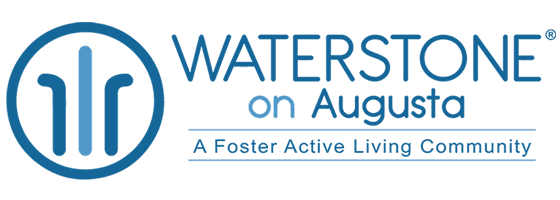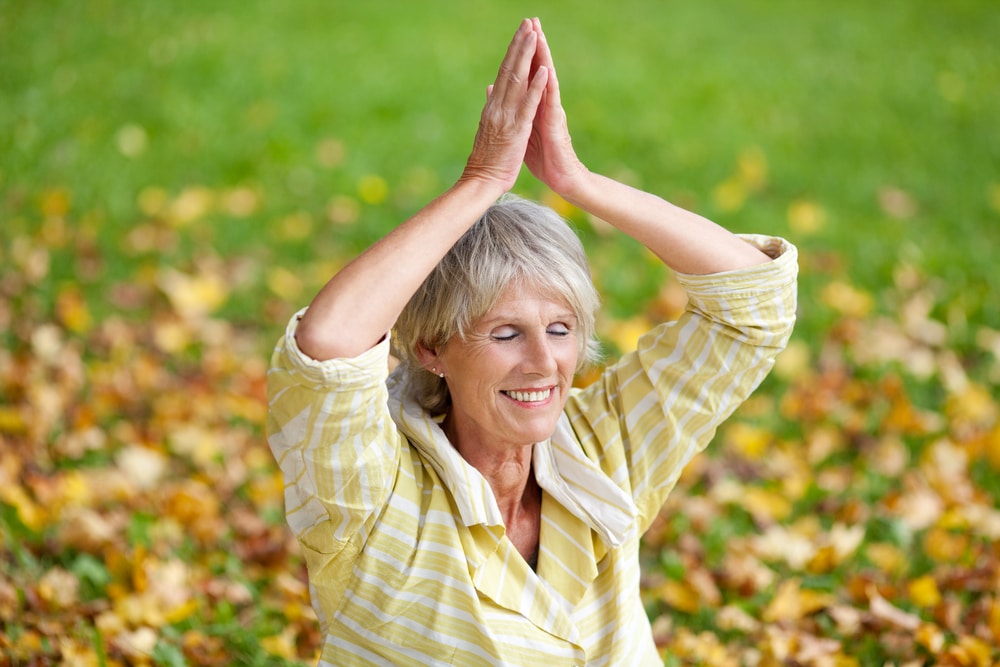What Is Active Relaxation?
Active relaxation uses techniques that focus on movement and intentionally using your mind to promote relaxation. What is active relaxation used for? According to VeryWell Health, practicing active relaxation can reduce stress and anxiety, lessen pain, boost mood, reduce muscle tension, lower blood pressure, and aid in the control of breathing and heart rate. There are a number of active relaxation techniques. Which one will work best for you? Trying a few can help you figure that out.
Tai Chi
Often referred to as meditation in motion, tai chi is an ancient Chinese martial art. It’s not violent or strenuous. Instead, it uses gentle, flowing movements that are paired with breathing to create harmony between the mind and body. It’s an ideal form of low-impact exercise that can reduce stress, improve balance, strengthen the immune system, aid with pain management, and pave the way for better quality sleep.
Autogenic Relaxation
Autogenic relaxation works to promote relaxation by teaching you to balance your sympathetic and parasympathetic nervous systems. To make it happen, you’ll find a quiet spot to sit or recline. Then, you’ll intentionally focus on experiencing specific sensations in six areas of the body:
- Coolness in the forehead
- Relaxation in the tummy
- Slow, relaxed heartbeat
- Slow, relaxed breathing
- Warmth in the limbs
- Heaviness in your muscles
Progressive Muscle Relaxation
As Mayo Clinic explains, progressive muscle relaxation, or PMR, involves intentionally focusing on, tensing, and then relaxing specific muscle groups. PMR teaches you to be more aware of your body and physical sensations. By learning the difference between how your body feels when it’s tense and when it’s relaxed, you’re better prepared to handle anxiety and stress. How would you practice PMR? There are various ways to perform the technique. For best results, start by choosing a quiet location where you won’t be disturbed. Then, start at your toes. Tense the muscles there for five seconds. Then, relax for 30 seconds. Next, move to the muscles above your toes in your feet. Continue the pattern of tensing and relaxing as you move up the body. Or, if you prefer, you can work from the head down to the toes.
Diaphragmatic Breathing
Have you ever instinctively taken a deep breath to calm yourself? Diaphragmatic breathing can help you build on that instinct. This technique is used to coax the diaphragm into taking deeper breaths so that the amount of oxygen you take in with each breath is greater, improving lung function. This type of deep breathing also interferes with the transmission of pain signals to the brain, decreases the production of stress hormones, and lowers blood pressure. To breathe from the diaphragm, sit up straight with a hand on your belly. Then, take a deep breath that rounds your belly and pushes your hand forward.
Yoga
If you like the idea of moving meditation, consider giving yoga a try. This exercise, which originated in India, blends mindfulness with movement. Practitioners move slowly through various poses in time with their breathing. When done properly, it can be a great way to build balance, strength, and flexibility. While many popular images may feature pretzel-like poses, yoga is amazingly adaptable. There are classes for people of all ages and abilities. In fact, there are entire routines that can be done while sitting on a chair.

